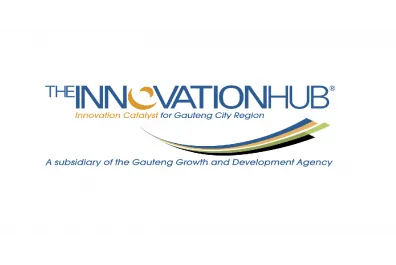Integrated solution: Water Purification and Clean Energy solution Challenge

Gauteng Department of Infrastructure Development (GDID) in partnership with The Innovation Hub Management Company (TIHMC) is seeking interested innovators to submit applications of solutions to be used to address the challenge of contaminated water and electricity outages in a school around the Gauteng province.
Background
A study conducted by the GDID Green Technology unit on groundwater quality in farm schools indicated that groundwater was contaminated with Escherichia coli indicating faecal contamination. This was caused by the livestock industry, the dung seeps into the ground and contaminates the underground water making the water not of a drinkable standard. The groundwater contained high levels of Total Dissolved Solids, total hardness, turbidity, and fluoride. The presence of combined nitrate and nitrite was also observed. Furthermore, The South African economy is fossil fuel dependent, and coal still continues to be the primary energy source, providing 80% of the total system load (CSIR 2022).
Combustion of coal and other fossil fuels result in high levels of gaseous emissions, and, thus South Africa is ranked among the world’s top 15 largest carbon dioxide emitters. The majority of South African households and businesses are connected to the national electricity grid operated by Eskom. This grid spans across the country and provides access to electricity in urban, periurban, and some rural areas.
There are a number of challenges with the current electrification model and those include:
- Outages: South Africa experiences outages and at times load reduction due to challenges with infrastructure and capacity constraints, and
- Escalating cost of power: Consumers, particularly those from previously disadvantaged groups, may incur additional unaffordable costs as a result of South Africa's rising electricity costs.
The implementation of a water purification solution in a school where water is consumed without treatment will assist by removing harmful containment, reducing the amount of chlorine, soil residue, and improving the taste, smell, and visual appearance of the drinking water. Moreover, having a sustainable energy solution linked to that will ensure that water is purified even during electricity outages. Consequently, this will assist to lower carbon emissions, decreasing waterborne infections, and saving costs for the school.
Key Specifications
- The solution/innovation should be aimed at addressing water quality issues and ensuring sustainable supply of electricity.
- The solution/innovations should be scalable and can be implemented in schools.
- Innovators should submit one application outlining integrated solution.
Solutions not of interest
- Solutions that do not address the key specifications
- Solutions that do not offer any value proposition and are not fit for purpose
- Solutions that do not clearly outline the maintenance costing
- Solutions that are still in the ideation phase
Evaluation criteria
- Overall technical merit of the proposed solution
- Demonstration of similar solutions or experience
- Proposed project pricing and timeframes
- Simplicity and ease of operation/integration with the existing systems
- The applicant’s demonstration of technical expertise in merging systems
- Economic and scalable market potential
- Effectiveness of the solution in addressing the stated challenge
- Fit-for-purpose solutions
- Scalability and flexibility
- Respondent’s capabilities and related experience, including team members
- Potential socio-economic impact of the solution
Mandatory Requirements
- CSD Registration (company needs to be registered on CSD and be Tax Compliant)
- SBD4 (completed and signed)
- Valid BEE certificate or Sworn Affidavit
N.B. Please note that no company will be afforded a piloting opportunity without submitting the SBD4 forms (attached) and letter of intent.
TO RESPOND TO THIS CHALLENGE, PLEASE SUBMIT YOUR RESPONSE ONLINE

